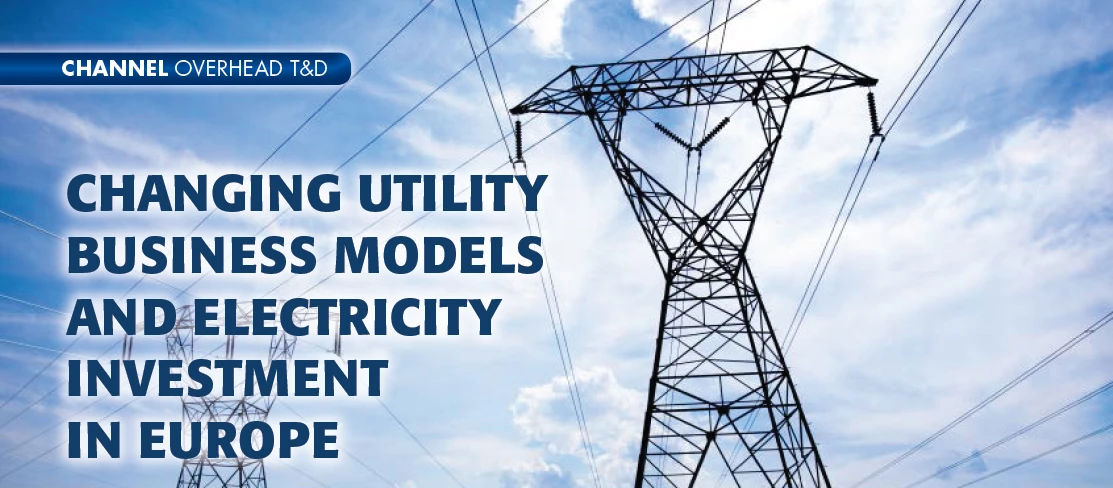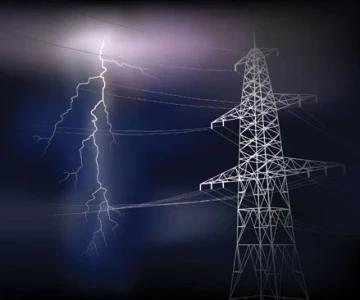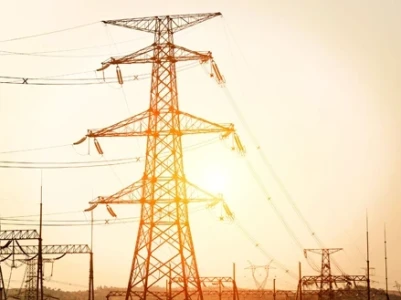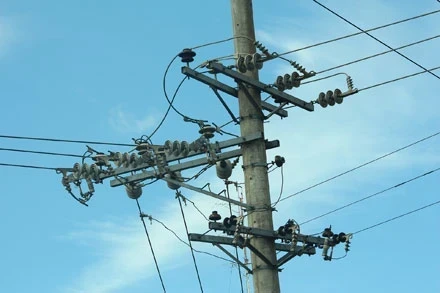Changing Utility Business Models And Electricity Investment In Europe

The traditional utility business model of selling electricity from large-scale thermal power plants and expanding grids to meet rising demand historically has supported strong balance sheets. With this financial strength, utility retained earnings served as the primary financing source for the electricity sector.
In many markets, utilities serve as reliable purchasers of power, facilitating investments by independent power producers. But as the role of electricity in the world economy expands, technology innovation creates new opportunities and governments simultaneously prioritize electricity security and a transition toward more sustainable energy use, investment decisions are becoming more complex.
The economic performance of utilities will have crucial impacts on financing for investments needed in the transition. How their business models interact with policies and market design will have strong implications for meeting energy goals. In Europe, these changes started decades ago with the unbundling of vertically integrated companies and the establishment of wholesale markets and retail competition.
In recent years, more challenging economic conditions have emerged. At the same time, policies supporting renewables prompted competition from independent power companies, communities and corporations investing in low marginal cost solar photovoltaics and wind, and the success of energy efficiency contributed to weaker electricity demand growth. Taken together, these forces have weakened price signals for investment from energy-only markets and sapped the profitability of existing generation assets dependent on wholesale market revenues.
Now, digital technologies are facilitating new business models, such as virtual power plants (VPPs), based on bilateral power exchange and increased roles for consumers and third parties to provide energy, capacity and flexibility services that were once the exclusive domain of utilities. Recent financial performance of European utilities reflects these trends.
Read the complete article here: http://online.electricity-today.com/winter-20172018/~26/









